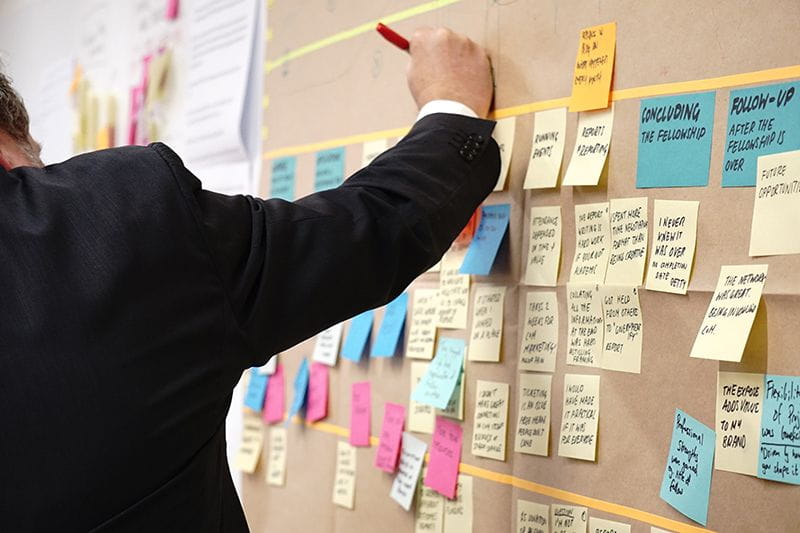“Twenty million students started college this fall, and this much is certain: The vast majority of them will be taking on debt — a lot of debt.
“What's less certain is whether their degrees will pay off.”
So begins a CNBC look at the present and future of education.
And it’s a sign of a system in need of change.
For decades, 18-year-olds have been leveraging entire financial futures without really understanding what it will mean. Paychecks have been jeopardized before the first one has been deposited. Depleted budgets are halting degree pursuits halfway through, leaving people with no degree – and unpaid loans. Debt is monopolizing Millennial conversations about shelved plans for families and home ownership, many punctuated with pronouncements of, “I wish I had known.”
And it’s not just an issue for students. Employers have a problem, too. This is the tightest labor market on record, with technology driving major changes across all job functions, resulting in a widening skills gap that’s impacting business performance. But employers can no longer expect high school students and their families to mindlessly foot the quarter-million-dollar bill all alone and assume there’s a pot of gold at the end of the rainbow.
Ideas have been floated about new higher-ed models. But if companies have a stake in the educational outcomes, shouldn’t they be a bigger part of the solution?
There are a number of ways for employers to do that.
Give students more confidence about education. There’s no reason every career path needs to be a shot in the dark. Companies in many cases foresee exactly what skills and roles they need to fill. Some are starting to mine eager candidates all the way back in high school. Examples in healthcare have hospitals building pathways for badly needed tech and assistant roles. Instead of looking for ready-made hires, let’s start creating clear pathways with affordable tracks, and exciting people about (and working together toward) learning and earning to get there. This can flip the model, where people get the job first, then get the college degree, all with the help of their employer and the knowledge that what they are learning is relevant to their career.
Create stronger partnerships between industry and higher-ed. The only way the above pathways are going to work is if they’re both affordable and feasible. And the secret to that is going to be partnerships between industry and schools that can bring down costs, accommodate large numbers of students, customize for audiences, and illustrate the precise steps, even for those brand-new to higher-ed.
Change what’s accepted as education. It’s not just about degrees. Skills are changing at the speed of industry. And companies are finding that planning four years ahead is leaving them unable to keep up right now. Boot camps, certificates, and custom trainings not only complement traditional degree programs; they help your people earn urgent skills faster, so you can zig and zag with today’s needed proficiencies, while planning for tomorrow’s. We need to stop looking at those programs as the second tier in our education offerings, and include them as a standard part of workforce education programs. As CNBC wrote, “The future of work won't be about college degrees, it will be about job skills.”
Make degrees financially and practically feasible to reach. The traditional four-year model is always going to exist. We need it to since it’s the likely place to mine the critical soft skills that develop problem solvers and leaders. But representative leadership comes from representative student bodies. And we have to do a better job equalizing the admissions pathway, both making it easier for families with first-generation college students to understand the system; and by picking up some of their educational debt on the other side.
Here’s another reason to take note: employees want you to. Young Gen Z has seen the effect of debt on their elders and they’re determined to prioritize jobs that help them build skills without sinking under loans. And our Working Learner Index of 30,000 adult learners shows that for many, education tops other benefits – including parental leave -- in importance.
The current system just isn’t sustainable – not for employees’ wallets. Not for our businesses. Not for students.
Employers can do something about it.





